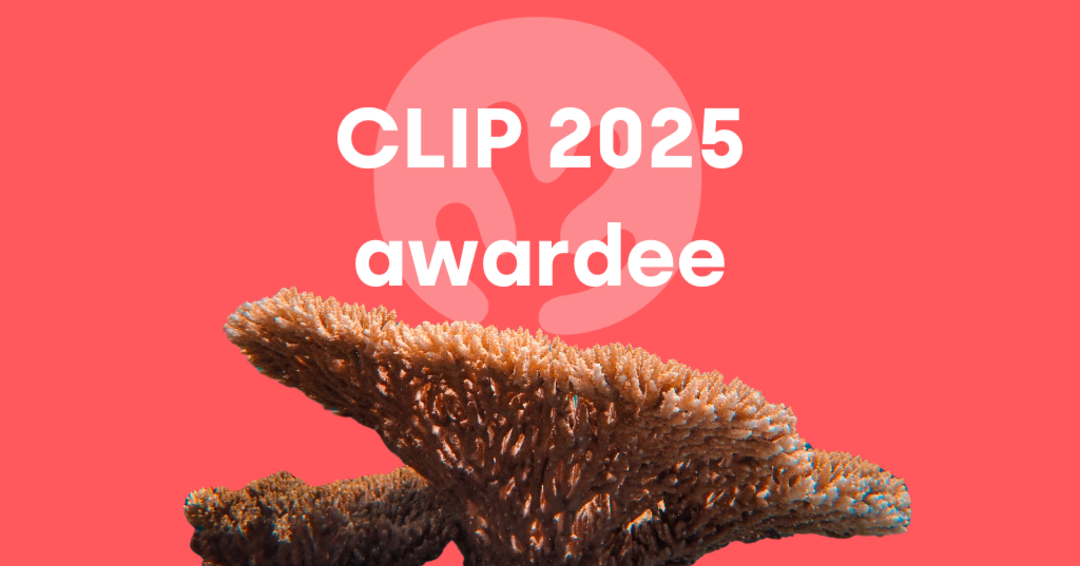Project title: Mapping Connectivity of Coral Reefs in the Gulf of Thailand
Lead applicant: Dr. Rahul Mehrotra
Co-applicants: Prof. Tanuspong Pokavanich, Wan Chantavilasvong, Prof. Mathinee Yucharoen, Dr. Lalita Putchim
Countries involved: Thailand
Takes place: Thailand
Supporting institutions: Aow Thai Marine Ecology Center, Love Wildlife Foundation, Kasetsart University, Nature and City Scape Analytics (NACSA), , Prince of Songkla University, The Department of Marine and Coastal Resources
Total budget: USD 18,241
Duration: 24 months
Project overview
Coral reefs across Southeast Asia face urgent threats, yet most conservation efforts remain site-specific, focusing on local coral propagation and transplantation while overlooking the ecological connectivity between reef systems. Reefs are linked through the movement of coral larvae during spawning events, and without considering this connectivity, even well-managed sites may not survive in the long term.
In the Gulf of Thailand, a major gap is the lack of understanding on how reefs are connected over large distances. Healthy source reefs upstream in ocean currents are essential for replenishing downstream reefs; if source reefs are degraded, recovery across the region is compromised. The use of hydrodynamic data and modelling to understand coral larval movement and inform reef conservation strategies has been established for several decades. However, these approaches have mostly been applied in regions with great investments in reef monitoring and scientific infrastructure, leaving many coral reef systems, such as those in Thailand, understudied and without access to such tools.
This project will map how coral larvae travel between reefs during spawning events to identify which sites act as key sources or sinks of larvae. The results will guide coordinated, multi-site management and help set priorities for protection, restoration, and artificial reef deployment, strengthening conservation at the regional scale.
Specific objectives
- Identify how reefs in the Gulf of Thailand are connected and which sites rely on others for their coral recruits. To do so the team aims to
- Collect oceanographic data and develop a robust hydrodynamic model
- Validate the model predictions using independent biological data streams.
How the objectives will be met
Collect oceanographic data and develop a robust hydrodynamic model
- Deploy satellite drifters during coral spawning events
- Compile scattered historical hydrographic datasets
- Collect new field measurements to fill key data gaps
- Develop high-resolution, three-dimensional hydrodynamic and coral larval dispersal models
Validate the model predictions using independent biological data streams
- Monitor coral recruitment on coral sanctuary units
- Compare dispersal model outputs against empirical coral recruitment data
- Examine reef connectivity patterns using coral population genetic data
Impact of the project
- Inform future conservation strategies in the Gulf of Thailand and Southeast Asia
- Improve baseline data on coral larval dispersal and coral recruitment in the region
- Deliver validated, high-resolution, three-dimensional hydrodynamic and coral larval dispersal models
Major highlights
- Supports effective conservation strategies by integrating genetic diversity and reef connectivity into long-term management and policy planning
- Enhances understanding of the transport of pollutants, marine debris, nutrients, and sediments, which affect reef health
- Provides evidence-based management tools and tailored policy recommendations, fostering coordination among Thai reef management stakeholders toward a more connected, regionally informed approach to coral reef conservation
- Enables local governments to better monitor reef-impacting factors such as sedimentation, plastic pollution, and ghost fishing gear

